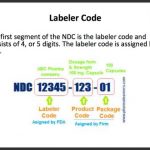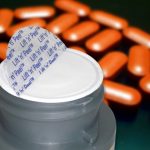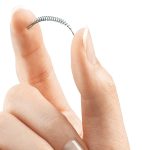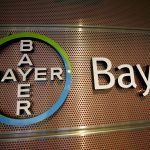Bayer Launches Pioneering QR Code Packaging for Visually Impaired Consumers in the UK
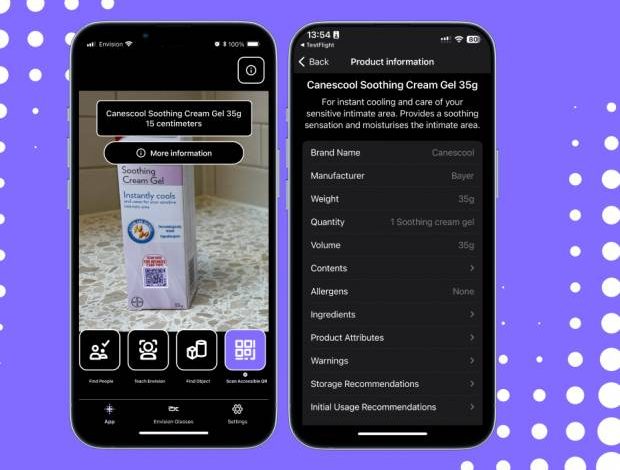
Bayer Pharmaceutical has introduced an innovative and accessible packaging update for one of its over-the-counter (OTC) products in the UK. The new packaging features a QR code specially designed to assist individuals who are blind or partially sighted. This initiative marks a significant step forward in enhancing accessibility for people with visual impairments.
The QR codes have been incorporated into the packaging of Bayer’s Canescool Soothing Gel Cream, a product primarily used to alleviate irritation in intimate areas. According to Bayer Consumer Health UK, this marks the debut of an accessible QR (AQR) code on a women’s health product. While it has been a longstanding requirement to include Braille on medicine packs to identify the product, the AQR code adds a digital layer of information to further aid users.
By scanning the AQR code with a smartphone, users can access spoken product information. Additionally, they will be directed to a dedicated landing page on the Canescool website, offering supplementary resources, including an informative quiz aimed at dispelling myths about intimate irritation.
The introduction of this accessible QR code is particularly significant for the estimated 200,000 women in the UK who are registered as blind or partially sighted, as reported by the Royal National Institute of Blind People (RNIB).
To utilize the AQR code, users can use applications like Envision, designed to assist blind individuals by converting visual information into spoken words, providing descriptions of their surroundings. Other software, such as Microsoft’s SeeingAI and an app developed by Zappar, the company behind Bayer’s AQR code, can also be used to access this information.
Marc Powell, the accessibility innovation lead at RNIB, emphasized the importance of improving access to self-care and health information for the blind and partially sighted. He stressed the significance of independence and choice, calling on other pharmaceutical companies to follow Bayer’s lead, as the number of people living with sight loss in the UK is expected to increase significantly in the coming years.
The Medicines and Healthcare products Regulatory Agency (MHRA) permits the use of QR codes on medicine packaging, provided they serve the patient’s needs, are non-promotional, and do not overshadow the essential statutory information required on the packaging.
Mike Knowland, General Manager and Cluster Lead for Northern Europe at Bayer Consumer Health, expressed his enthusiasm for this “digitally inclusive transformation” and highlighted that this is just the beginning of Bayer’s commitment to adding accessible QR codes to more of its product packaging across the consumer health portfolio. This initiative aligns with Bayer’s vision of “health for all” and aims to make self-care more accessible, thereby contributing to societal sustainability.
The new packaging with AQR codes will first be available on Amazon starting this month, with plans for wider distribution across other retailers and pharmacies in the near future. This move by Bayer sets a positive example for the healthcare industry in embracing inclusive and accessible design, benefitting a more diverse range of consumers.

